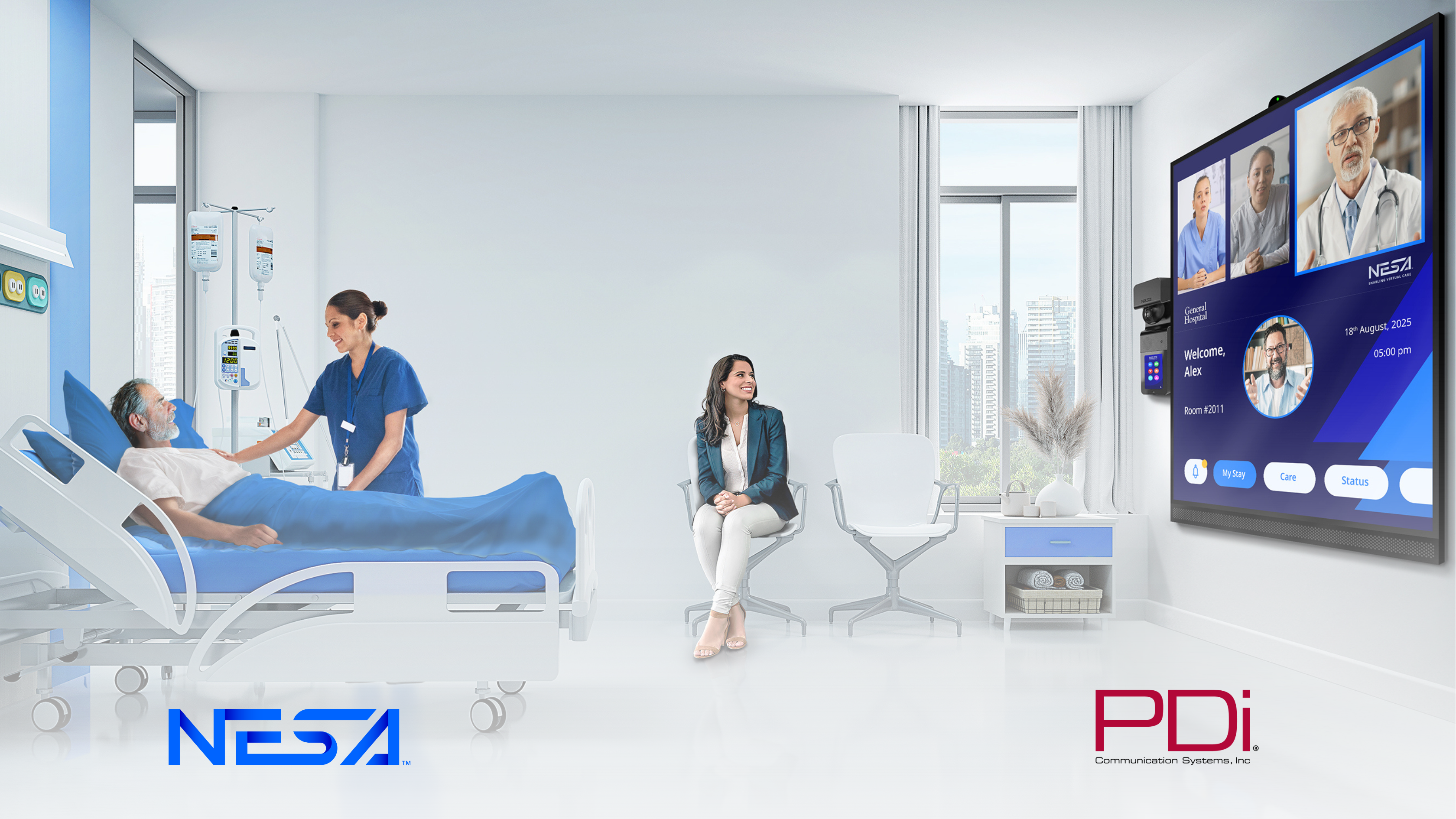PDi to show innovation in patient technology at HIMSS 2017
Innovative Technology Showcase in Intelligent Health Pavilion in Orlando, FL.

Have you heard about the CMS Centers for Medicare & Medicaid Services passage of the landmark CMS $50 Billion Rural Health Transformation Program (RHTP) under the One Big Beautiful Bill Act (OBBBA)? This is the moment to secure transformative funding, but only if your hospital's needs are written into your state’s grant application.
Visit https://www.cms.gov/priorities/rural-health-transformation-rht-program/overview
At PDi Communication Systems, Inc, we know how hard rural hospital teams work to deliver quality care with limited resources. We support you in improving outcomes through practical, digital solutions. That’s why we’re bringing this to your attention now. Our mission is "to improve patient care and outcomes with enhanced digital communications technology". Thus, we wish to share this grant opportunity to help ensure rural America benefits from the latest in innovative care and technology.
Your state's plan is currently being shaped. With a deadline of Nov 5, 2025, you only have a limited time to make sure your hospitals needs are included in the grant application.
RHTP funding is specifically designed to help rural hospitals build long-term capacity and modernize care delivery, not just patch short-term problems. We urge you to ensure that this $50B investment results in permanent technological improvements, not temporary fixes.
The RHTP is funded at $10 Billion annually and provides a five-year opportunity (2026-2030) to modernize your hospital system. Crucially, funds are awarded to states only after their plans for strengthening rural healthcare are approved. ACT NOW!
States must use RHT Program funds for 3 or more of these approved uses:
As you know, the OBBBA includes permanent structural changes to federal healthcare policy. Analysts warn that permanent cuts to Medicaid are not adequately offset by the temporary RHTP funding. We must treat this funding as an accelerator to build sustainable, efficient, and technology-driven models of care that can thrive post-2030, when the RHTP funding concludes.
While the RHTP offers significant short-term funding, it comes alongside permanent changes to federal healthcare policy, including Medicaid cuts. That’s why it’s essential that these dollars are used to build sustainable, tech-enabled care models that can continue after the program ends in 2030.
To help you ensure your state plan is forward-looking, at PDi, we focus on technology solutions to improve care delivery:
If we can help you improve efficiency with cloud-based EHR, virtual nursing, or telehealth initiatives to improve patient care and outcomes, please reach out.

Innovative Technology Showcase in Intelligent Health Pavilion in Orlando, FL.

Access to quality healthcare is a basic human right, but unfortunately, for many individuals living in rural areas, receiving timely and ongoing...

As healthcare continues to evolve in the digital age, the concept of the “smart room” is emerging as a pivotal innovation in healthcare, anchored by...